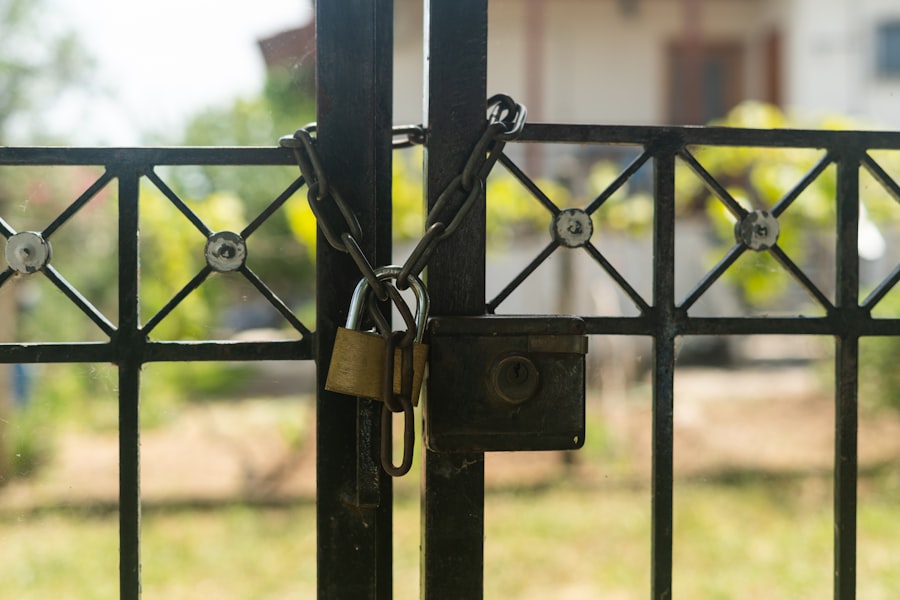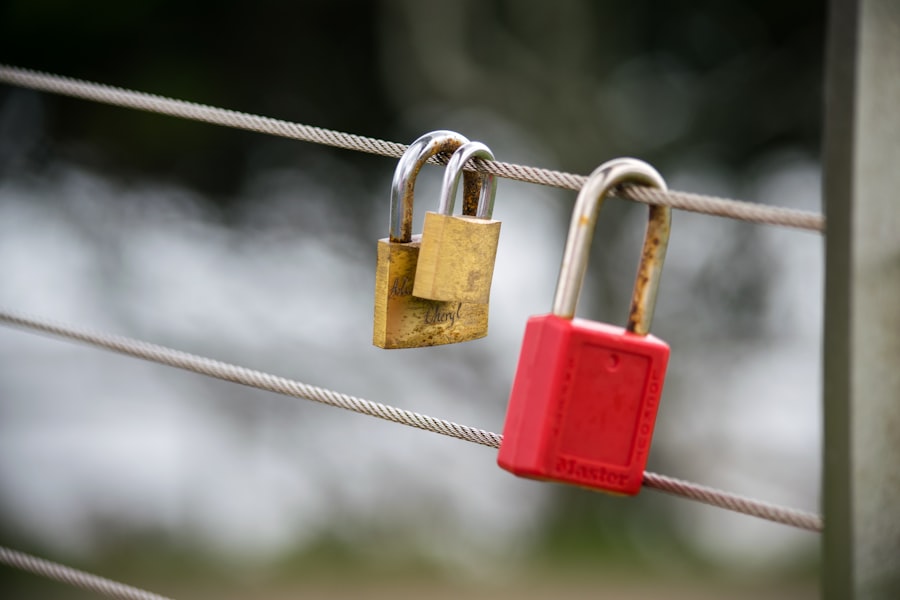To grasp the concept of secure attachment, it’s essential to recognize that it forms the foundation of healthy relationships. Secure attachment develops when caregivers consistently respond to a child’s needs, fostering a sense of safety and trust. This early experience shapes how you perceive relationships throughout your life.
When you have a secure attachment style, you are more likely to feel comfortable with intimacy and independence. You can express your emotions openly and seek support when needed, knowing that it is safe to do so. In adulthood, secure attachment manifests in your ability to form stable and fulfilling relationships.
You tend to communicate effectively, manage conflicts constructively, and maintain a balance between closeness and autonomy. Understanding secure attachment is not just about recognizing its characteristics; it’s also about appreciating its impact on your emotional well-being. When you cultivate secure attachment, you create a nurturing environment for yourself and those around you, leading to healthier interactions and deeper connections.
Key Takeaways
- Secure attachment is characterized by trust, comfort, and a sense of security in relationships.
- Signs of insecure attachment include fear of abandonment, difficulty expressing emotions, and a lack of trust in others.
- Creating a safe and supportive environment involves active listening, validation of feelings, and providing reassurance.
- Open and honest communication is essential for building trust and understanding in relationships.
- Building trust and consistency requires reliability, dependability, and follow-through in actions and words.
Recognizing Signs of Insecure Attachment
Identifying signs of insecure attachment in yourself or others can be a crucial step toward fostering healthier relationships. Insecure attachment often manifests in various ways, such as anxiety, avoidance, or ambivalence in relationships. You might find yourself feeling overly dependent on others for validation or, conversely, pushing people away out of fear of intimacy.
These behaviors can stem from past experiences where your emotional needs were not consistently met, leading to a lack of trust in relationships. Another sign of insecure attachment is difficulty in expressing emotions or needs. You may struggle to communicate your feelings or find it challenging to ask for help when you need it.
This can create a cycle of misunderstanding and frustration in your relationships. By recognizing these patterns, you can begin to address the underlying issues and work toward developing a more secure attachment style. Awareness is the first step in transforming your relational dynamics and fostering healthier connections.
Creating a Safe and Supportive Environment

Creating a safe and supportive environment is vital for nurturing secure attachments. This involves establishing a space where you and those around you feel valued and respected. You can start by actively listening to others, validating their feelings, and providing reassurance when needed.
When people feel heard and understood, they are more likely to open up and share their thoughts and emotions without fear of judgment. Additionally, fostering a supportive environment means being consistent in your actions and responses. When you demonstrate reliability, others will feel more secure in their interactions with you.
This consistency builds trust over time, allowing for deeper emotional connections. Remember that creating a safe space is an ongoing process; it requires patience, empathy, and a commitment to understanding the needs of those around you.
Communicating Openly and Honestly
| Metrics | Data |
|---|---|
| Number of open communication channels | 10 |
| Employee satisfaction with communication | 85% |
| Number of honest feedback received | 50 |
| Transparency in decision-making | High |
Open and honest communication is the cornerstone of any healthy relationship. When you express your thoughts and feelings transparently, you invite others to do the same. This mutual exchange fosters trust and understanding, allowing for deeper connections.
It’s essential to approach conversations with an open mind and a willingness to listen actively. By doing so, you create an atmosphere where everyone feels comfortable sharing their perspectives. Moreover, practicing open communication involves being vulnerable.
It may feel daunting at times, but sharing your fears, desires, and concerns can strengthen your relationships significantly. When you communicate honestly, you not only clarify your own needs but also encourage others to express theirs. This reciprocal sharing can lead to greater intimacy and connection, ultimately fostering a more secure attachment style within your relationships.
Building Trust and Consistency
Trust is a fundamental element in developing secure attachments. To build trust, you must demonstrate reliability in your words and actions consistently. When you follow through on promises and commitments, you show others that they can depend on you.
This reliability creates a sense of safety that allows relationships to flourish. You might find that small acts of consistency—like being punctual or keeping confidences—can significantly impact how others perceive your trustworthiness. In addition to consistency, it’s important to be transparent about your intentions and feelings.
When you share your thoughts openly, you reduce misunderstandings that can erode trust over time. Building trust is not an overnight process; it requires ongoing effort and dedication. However, as you cultivate this trust through consistent actions and open communication, you will notice a profound shift in the quality of your relationships.
Respecting Boundaries and Autonomy

Respecting boundaries is crucial for fostering secure attachments in any relationship. Each person has their own comfort levels regarding emotional intimacy, personal space, and individual needs. By acknowledging these boundaries, you demonstrate respect for the autonomy of others while also asserting your own needs.
This mutual respect creates an environment where everyone feels safe to express themselves without fear of overstepping or being overwhelmed. Establishing clear boundaries also helps prevent misunderstandings and conflicts. When you communicate your limits openly, others are more likely to understand your perspective and respond accordingly.
It’s essential to remember that boundaries are not walls; rather, they are guidelines that help maintain healthy interactions.
Practicing Empathy and Understanding
Empathy is a powerful tool for nurturing secure attachments in relationships. When you practice empathy, you strive to understand the feelings and experiences of others from their perspective. This ability to connect emotionally allows for deeper understanding and compassion within your interactions.
By putting yourself in someone else’s shoes, you can respond more thoughtfully to their needs and concerns. Moreover, practicing empathy involves active listening—truly hearing what others are saying without immediately jumping to conclusions or judgments. This approach fosters an environment where individuals feel valued and understood.
As you cultivate empathy in your relationships, you will likely notice an increase in emotional intimacy and trust. The more you practice understanding others’ experiences, the stronger your connections will become.
Nurturing Emotional Connection
Nurturing emotional connection is essential for developing secure attachments in any relationship. This involves investing time and energy into building meaningful interactions with those around you. Engaging in shared activities or having deep conversations can strengthen the bond between you and others.
It’s important to prioritize quality time together, as these moments create lasting memories that enhance emotional closeness. Additionally, expressing affection—whether through words of affirmation, physical touch, or acts of kindness—can significantly deepen emotional connections. When you show appreciation for others, it reinforces their sense of worth within the relationship.
Remember that nurturing emotional connection is an ongoing process; it requires consistent effort and attention to maintain the bonds that matter most.
Managing Conflict in a Healthy Way
Conflict is an inevitable part of any relationship; however, how you manage it can significantly impact the quality of your connections. Approaching conflict with a constructive mindset is essential for fostering secure attachments. Instead of viewing disagreements as threats, try to see them as opportunities for growth and understanding.
When conflicts arise, focus on finding solutions rather than assigning blame. Effective conflict management involves active listening and open communication. Allow each person involved to express their feelings without interruption or judgment.
By validating each other’s perspectives, you create an atmosphere conducive to resolution. Remember that it’s okay to disagree; what matters most is how you navigate those disagreements together. By managing conflict healthily, you strengthen the bonds within your relationships.
Seeking Professional Help when Needed
Sometimes, despite your best efforts, relationships may still struggle due to underlying issues that require professional intervention. Seeking help from a therapist or counselor can provide valuable insights into your relational dynamics and help address any unresolved conflicts or emotional wounds. Professional guidance can offer tools and strategies for developing healthier attachment styles and improving communication.
It’s important to recognize that seeking help is not a sign of weakness; rather, it demonstrates a commitment to personal growth and healthier relationships. A professional can help you identify patterns of behavior that may be hindering your ability to form secure attachments while providing support as you work through these challenges together.
Cultivating a Secure Attachment in Different Types of Relationships
Cultivating secure attachment is essential across various types of relationships—whether romantic partnerships, friendships, or familial connections. Each relationship may require different approaches based on its unique dynamics; however, the principles of open communication, trust-building, empathy, and respect remain constant. In romantic relationships, prioritizing emotional intimacy while maintaining individual autonomy is crucial for fostering security.
In friendships, being present and supportive during both good times and bad can strengthen bonds significantly. For familial relationships, establishing healthy boundaries while nurturing emotional connections can lead to more fulfilling interactions over time. By applying these principles across different types of relationships, you can create an environment where secure attachments thrive—ultimately leading to deeper connections and greater emotional well-being for everyone involved.
In conclusion, understanding attachment styles is vital for fostering healthy relationships throughout your life. By recognizing signs of insecure attachment and actively working towards creating a safe environment filled with open communication, trust-building practices, empathy cultivation, conflict management strategies—and seeking professional help when necessary—you can nurture secure attachments across all areas of your life.
Building a secure attachment style is crucial for fostering healthy relationships and emotional well-being. One effective approach to developing this attachment style is through understanding and addressing past experiences that may have contributed to insecure attachments. A related article that delves into the intricacies of attachment styles and offers practical advice on nurturing secure attachments can be found on Unplugged Psych. This resource provides valuable insights and strategies for individuals seeking to enhance their relational dynamics. For more information, you can read the article on Unplugged Psych.
🧠 Your Trauma Is Rewiring Your Brain: Here’s How to Undo It | A Neuroplasticity & Somatic Guide
FAQs
What is a secure attachment style?
A secure attachment style is a healthy and balanced way of relating to others, characterized by a sense of trust, comfort with intimacy, and the ability to seek support from others when needed.
Why is it important to build a secure attachment style?
Building a secure attachment style is important for overall mental and emotional well-being. It can lead to healthier relationships, better self-esteem, and improved resilience in the face of life’s challenges.
What are some ways to build a secure attachment style?
Building a secure attachment style involves developing self-awareness, practicing effective communication, setting boundaries, and seeking support from trusted individuals. Therapy and self-reflection can also be helpful in this process.
What are the benefits of having a secure attachment style?
Having a secure attachment style can lead to more satisfying and fulfilling relationships, increased emotional resilience, and a greater sense of overall well-being.
Can a person change their attachment style?
Yes, it is possible for individuals to change their attachment style through self-reflection, therapy, and intentional efforts to develop healthier relationship patterns. However, this process may take time and effort.




